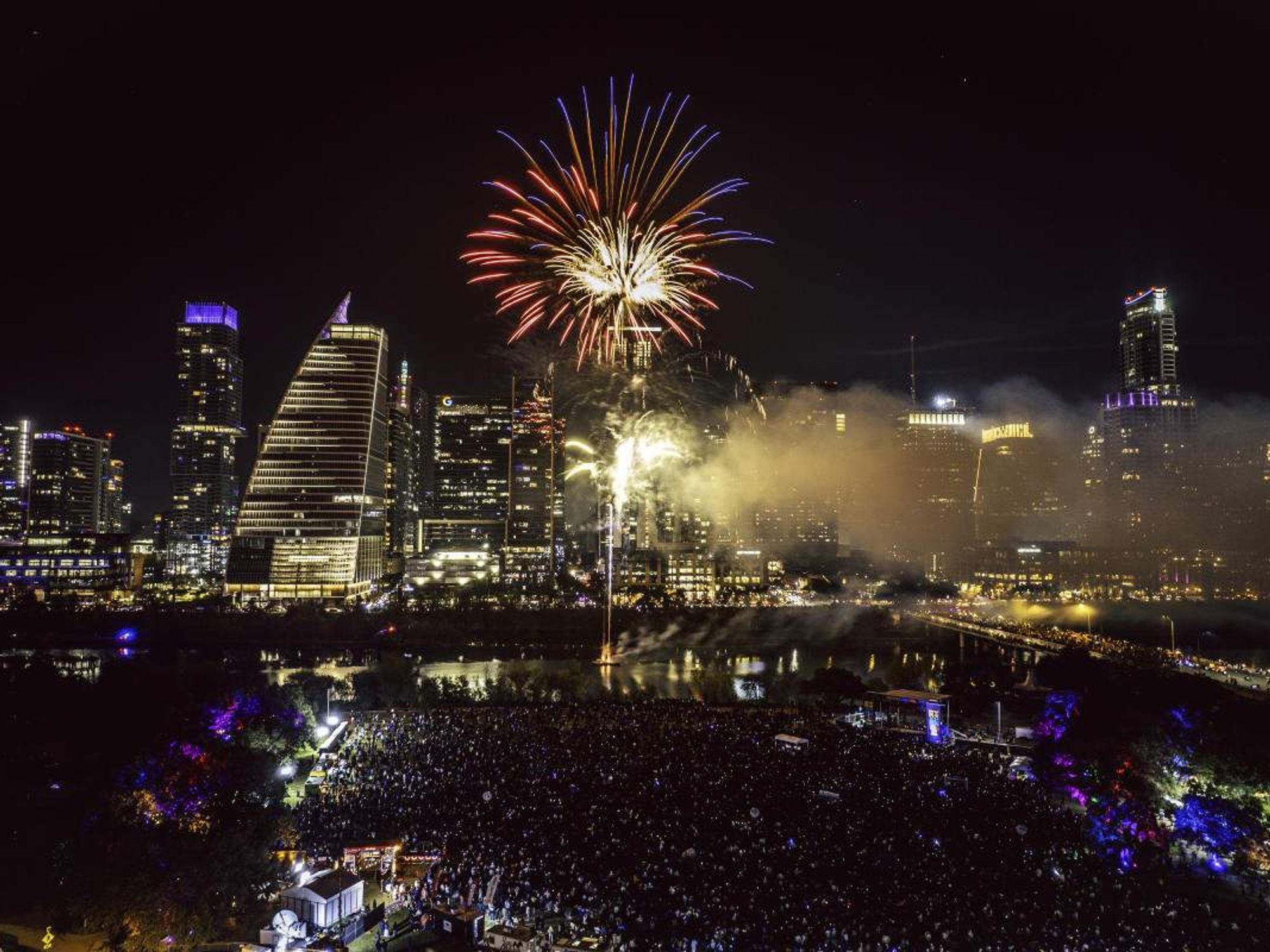History of Austin
Here's your quick history of Austin's most extreme weather ever

Austin has it all when it comes to weather conditions — punishing heat, prolonged periods of drought followed by intense periods of flooding, dangerous tornadoes, damaging hail, and the occasional snow and ice.
The old Lone Star adage, "If you don't like the weather, just wait a day, it will change," rings true for Austin, although it's a given that in June, July, and August, it will be hot. And probably dry.
And you don't need to seek a weather almanac to know that it will cool off in the fall, with occasional cold temps in winter (but snow and ice appear every seven years on the average) and nice spring temperatures. But be forewarned: Our peak months of October and May can also mean periods of blinding rain and localized flooding.
Of course, sunshine is on the radar for Austin, and as locals like to brag, Austin sees over 300 days of sunshine on an annual basis. But we also see our share of extremes.
Austin's historic weather extremes
Austin reached a brutal record heat high of 112 degrees twice; first on September 5, 2000, and next on August 28, 2011.
And the entire summer of 2011 in Central Texas was a memorable one for both the record books and many Texans, with 90 days of temperatures topping 100 degrees. Billions of dollars in livestock and crops were lost by Central Texas farmers and the Bastrop area was crippled with wildfires caused by intense heat and lack of rainfall in the region.
Conversely, the coldest day in Austin occurred on January 31, 1949, with a record-breaking cold temperature of negative 2 degrees. A record snowfall was recorded on November 11, 1937, when 9.7 inches of snow fell in the city limits.
And although Austin is not part of "Tornado Alley," extending from north Texas into Oklahoma, the city has had a few twisters strike the area. The most destructive twisters arrived on May 4, 1922, when a single super cell created both twisters: one headed for East Austin and a second tornado ripped through downtown. Ultimately 13 died in the catastrophe that caused millions of dollars in structural damages to the city.
The biggest weather disaster for Austin is flash flooding. In fact, numerous meteorologists proclaim Austin and the outlying Hill Country as "Flash Flood Alley," the worst area in the country for intense flooding. Extreme floods in 1935, and later Memorial Day in 1981, served as a wake up call for many to heed weather alerts.
However all is not gloom and doom for Austinites as there has never been an earthquake measuring over 3.5 on the Richter scale to hit the area and hurricanes in Austin fall in the low risk category.
Weighing in with the local weather specialists
"Austin is located on the Balcones Fault line that made Mt. Bonnell. We are on the edge of the Edwards Plateau. The Edwards Plateau and the Llano Uplift are rocky uplifts of limestone and granite. The hard-scrabble soils of the area are not able to absorb rainfall as other areas," experts with the City of Austin's Watershed Protection department note.
"The rainfall that is not absorbed by the soils runs down the steep terrain in a flash to form floods that reach their peak quickly. The combination of rock soils, steep terrains, and very intense rainfall makes Central Texas vulnerable to major flooding. This is why the National Weather Service calls it Flash Flood Alley."
Bob Rose, chief meteorologist with the Lower Colorado River Authority, states "ever since Austin was settled, its residents have had to adapt to dry spells, periodic floods, hot temperatures and high humidity." Rose continues, "These unique conditions have changed little since Austin's early days and are characteristic of what makes up Central Texas climate."
Rose adds that "with the population of Austin growing so rapidly, the threat of flash flooding continues as more people settle closer to the area's streams and lakes." He predicts, "we'll likely to have long, hot summers, relatively short winters along with pleasant springs and autumns."
And Austin has a "humid subtropical climate," according to the Koppen classification system. So grab those shorts and flip-flops, along with a large bottle of water, and head for the nearest source of water (Barton Springs, anyone?) and prepare for a long hot summer.

 Say goodbye to 2025 and hello to 2026. austintexas.org
Say goodbye to 2025 and hello to 2026. austintexas.org